Themed collection Best Papers of 2020 from RSC’s Environmental Science journals

Best Papers from 2020 published in the Environmental Science journals of the Royal Society of Chemistry
The Editors-in-Chief of the Environmental Science journals introduce the Best Papers of 2020.
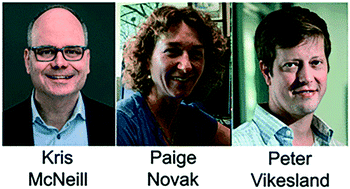
Environ. Sci.: Water Res. Technol., 2021,7, 1542-1544
https://doi.org/10.1039/D1EW90030G
The gut barrier and the fate of engineered nanomaterials: a view from comparative physiology
Despite the diverse structures and functions of the gut barrier in the animal kingdom, some common features of gut lumen chemistry control the behaviour of engineered nanomaterials, and with some potentially novel uptake pathways in invertebrates.
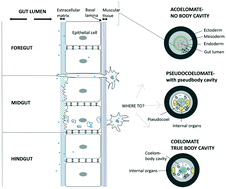
Environ. Sci.: Nano, 2020,7, 1874-1898
https://doi.org/10.1039/D0EN00174K
A critical review of resource recovery from municipal wastewater treatment plants – market supply potentials, technologies and bottlenecks
This critical review reveals the technologies and potentials to recover water, energy, fertilizers and products from municipal WWTPs but also analyses the various bottlenecks that may their hinder successful implementation.
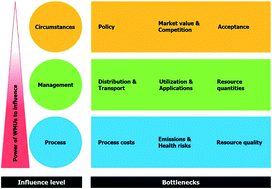
Environ. Sci.: Water Res. Technol., 2020,6, 877-910
https://doi.org/10.1039/C9EW00905A
The atmospheric chemistry of indoor environments
The review article summarizes the wide variety of atmospheric chemistry phenomena that occur indoors.
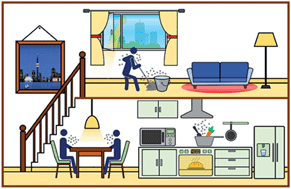
Environ. Sci.: Processes Impacts, 2020,22, 25-48
https://doi.org/10.1039/C9EM00386J
Assessment of the breakthrough of micropollutants in full-scale granular activated carbon adsorbers by rapid small-scale column tests and a novel pilot-scale sampling approach
This study aimed to compare three approaches for predicting the service life of full-scale GAC adsorbers for the removal of micropollutants.
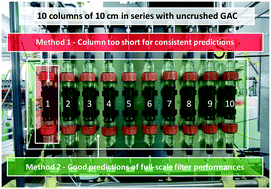
Environ. Sci.: Water Res. Technol., 2020,6, 2742-2751
https://doi.org/10.1039/D0EW00405G
Mixture effects of drinking water disinfection by-products: implications for risk assessment
Disinfection by-products (DBPs) in drinking water have been associated with increased cancer risk but effects of known DBPs cannot explain the mixture effects of disinfected water samples.
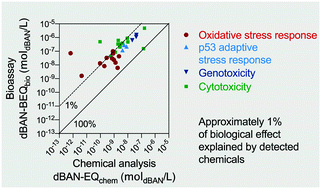
Environ. Sci.: Water Res. Technol., 2020,6, 2341-2351
https://doi.org/10.1039/C9EW00988D
Polystyrene nanoplastics accumulate in ZFL cell lysosomes and in zebrafish larvae after acute exposure, inducing a synergistic immune response in vitro without affecting larval survival in vivo
Polystyrene nanoplastics are internalized in zebrafish liver cells, accumulating in lysosomes, and in zebrafish larvae but do not affect the larval suvival to a lethal infection.
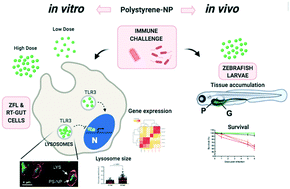
Environ. Sci.: Nano, 2020,7, 2410-2422
https://doi.org/10.1039/D0EN00553C
Exposure medium and particle ageing moderate the toxicological effects of nanomaterials to Daphnia magna over multiple generations: a case for standard test review?
Pristine engineered nanomaterials (NMs) entering the aquatic environment become ‘aged’ during their lifetime via chemical, physical and/or biological process.
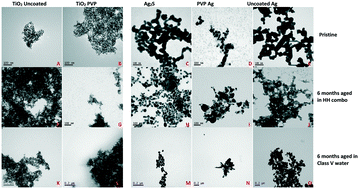
Environ. Sci.: Nano, 2020,7, 1136-1149
https://doi.org/10.1039/D0EN00049C
Emerging investigator series: ion diffusivities in nanoconfined interfacial water films contribute to mineral carbonation thresholds
Mineral carbonation reactivity trends and thresholds in nanoconfined water films delineated with in situ X-ray diffraction and molecular simulations.
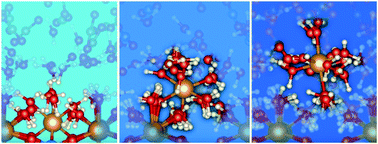
Environ. Sci.: Nano, 2020,7, 1068-1081
https://doi.org/10.1039/C9EN01382B
Sources and sinks of chloromethane in a salt marsh ecosystem: constraints from concentration and stable isotope measurements of laboratory incubation experiments
Chloromethane (CH3Cl) is the most abundant long-lived chlorinated organic compound in the atmosphere and contributes significantly to natural stratospheric ozone depletion.
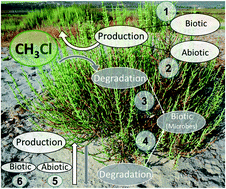
Environ. Sci.: Processes Impacts, 2020,22, 627-641
https://doi.org/10.1039/C9EM00540D
A global atmospheric chemistry model for the fate and transport of PFCAs and their precursors
Global model for the atmospheric chemistry of PFCA precursors.
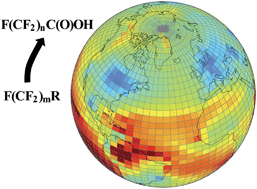
Environ. Sci.: Processes Impacts, 2020,22, 285-293
https://doi.org/10.1039/C9EM00326F
Evidence for a kinetically controlled burying mechanism for growth of high viscosity secondary organic aerosol
The incorporation of organic nitrates into viscous secondary organic aerosol during particle formation is enhanced relative to expected equilibrium partitioning, and is best described by a kinetically controlled “burying” mechanism.
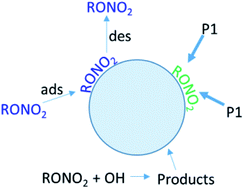
Environ. Sci.: Processes Impacts, 2020,22, 66-83
https://doi.org/10.1039/C9EM00379G
Assessing pharmaceutical removal and reduction in toxicity provided by advanced wastewater treatment systems
Despite large differences in removal efficiencies, all treatment processes investigated were sufficient in preventing short-term behavioral effects in zebrafish larvae.
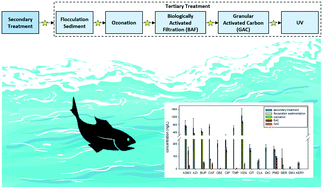
Environ. Sci.: Water Res. Technol., 2020,6, 62-77
https://doi.org/10.1039/C9EW00559E
About this collection
During 2020 the RSC’s Environmental Science family of journals published over 700 papers, covering topics such as disinfection of the SARS-CoV-2 virus, recovery of resources from waste and the fate of engineered nanomaterials in the gut. Here, in this collection, we are delighted to highlight some of the incredible science published in our journals during 2020 and recognise the authors conducting this impactful research. The Editors-in-Chief for the journals (Paige Novak, Kris McNeill and Peter Vikesland) introduce the Best Papers from 2020 in their Editorial.